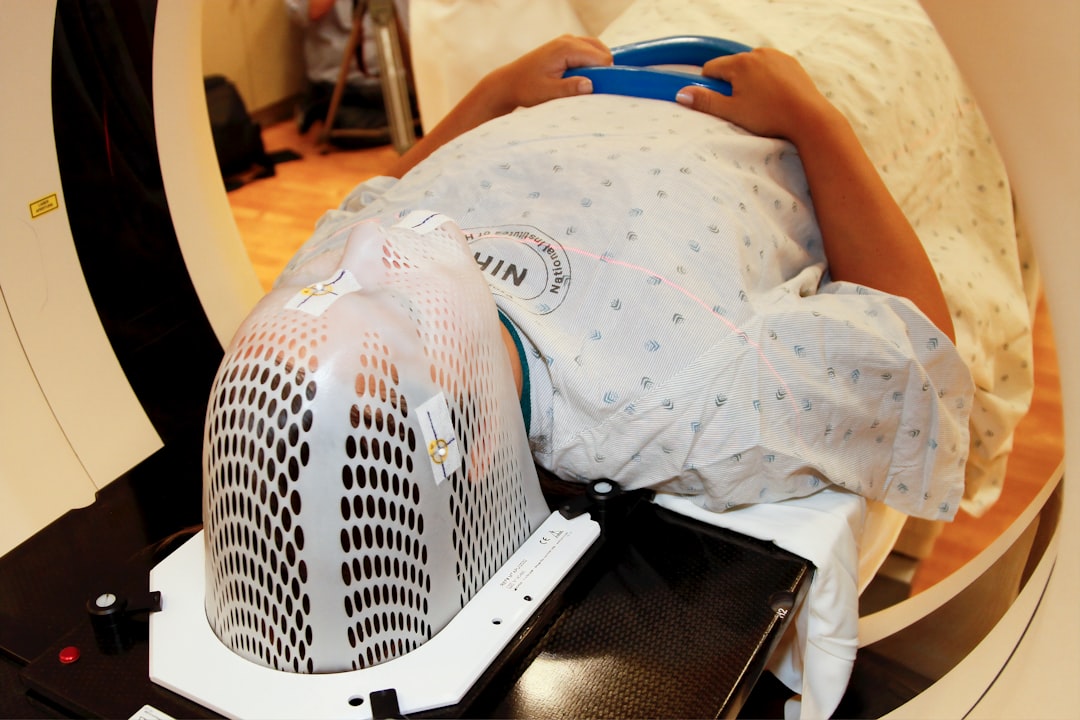The Ultimate Guide to

Hip arthroscopy is a minimally invasive surgical procedure that allows orthopedic surgeons to diagnose and treat hip problems without making large incisions. This innovative technique has revolutionized the way hip injuries and conditions are treated, offering patients a faster recovery time and reduced risk of complications. In this article, we will explore the benefits and process of hip arthroscopy in Gig Harbor, a popular destination for medical tourism in the United States.
What is Hip Arthroscopy?
Hip arthroscopy is a surgical procedure that uses a small camera, called an arthroscope, to visualize the inside of the hip joint. The camera is inserted through a small incision, typically 1-2 cm in length, and allows the surgeon to see the joint and surrounding tissues in real-time. The procedure is usually performed under general anesthesia or conscious sedation, and the patient is typically able to return home the same day.
Indications for Hip Arthroscopy
Hip arthroscopy is indicated for a variety of hip problems, including:
1. Hip impingement: A condition where the hip bone and surrounding tissues become inflamed and irritated, causing pain and stiffness.
2. Labral tears: Tears in the cartilage that lines the hip joint, which can cause pain and limited mobility.
3. Femoroacetabular impingement (FAI): A condition where the ball and socket of the hip joint do not fit together properly, causing pain and stiffness.
4. Snapping hip syndrome: A condition where the tendons or ligaments in the hip joint snap or rub against the bone, causing pain and stiffness.
5. Hip bursitis: Inflammation of the fluid-filled sacs that cushion the joints and reduce friction.
The Procedure
The hip arthroscopy procedure typically takes 1-2 hours to complete, depending on the complexity of the case. The procedure involves the following steps:
1. Anesthesia: The patient is given general anesthesia or conscious sedation to ensure comfort during the procedure.
2. Incision: A small incision is made in the hip area, typically 1-2 cm in length.
3. Arthroscope insertion: The arthroscope is inserted through the incision and into the hip joint.
4. Visualization: The surgeon uses the arthroscope to visualize the inside of the hip joint and surrounding tissues.
5. Treatment: The surgeon uses specialized instruments to treat the underlying condition, such as removing inflamed tissue or repairing torn cartilage.
6. Closure: The incision is closed with sutures or staples, and the patient is taken to the recovery room.
Benefits of Hip Arthroscopy
Hip arthroscopy offers several benefits, including:
1. Minimally invasive: The procedure is performed through small incisions, reducing the risk of complications and promoting faster recovery.
2. Reduced pain: The procedure is typically performed under anesthesia, reducing pain and discomfort during and after the procedure.
3. Quick recovery: Patients are usually able to return home the same day and resume normal activities within a few weeks.
4. High success rate: Hip arthroscopy has a high success rate in treating hip problems, with many patients experiencing significant improvement in symptoms and quality of life.
Choosing a Surgeon
When considering hip arthroscopy in Gig Harbor, it is essential to choose a qualified and experienced surgeon. Look for a surgeon who:
1. Has extensive experience in hip arthroscopy
2. Is board-certified in orthopedic surgery
3. Has a reputation for excellent patient care and outcomes
4. Uses the latest technology and techniques
Conclusion
Hip arthroscopy is a minimally invasive surgical procedure that offers a safe and effective solution for hip problems. With its high success rate and quick recovery time, hip arthroscopy is an attractive option for patients seeking relief from hip pain and stiffness. By choosing a qualified and experienced surgeon, patients can ensure the best possible outcome and a rapid return to normal activities. If you are considering hip arthroscopy in Gig Harbor, consult with a qualified orthopedic surgeon to determine if this procedure is right for you.
3 Tips from Someone With Experience
This post topic: Employment